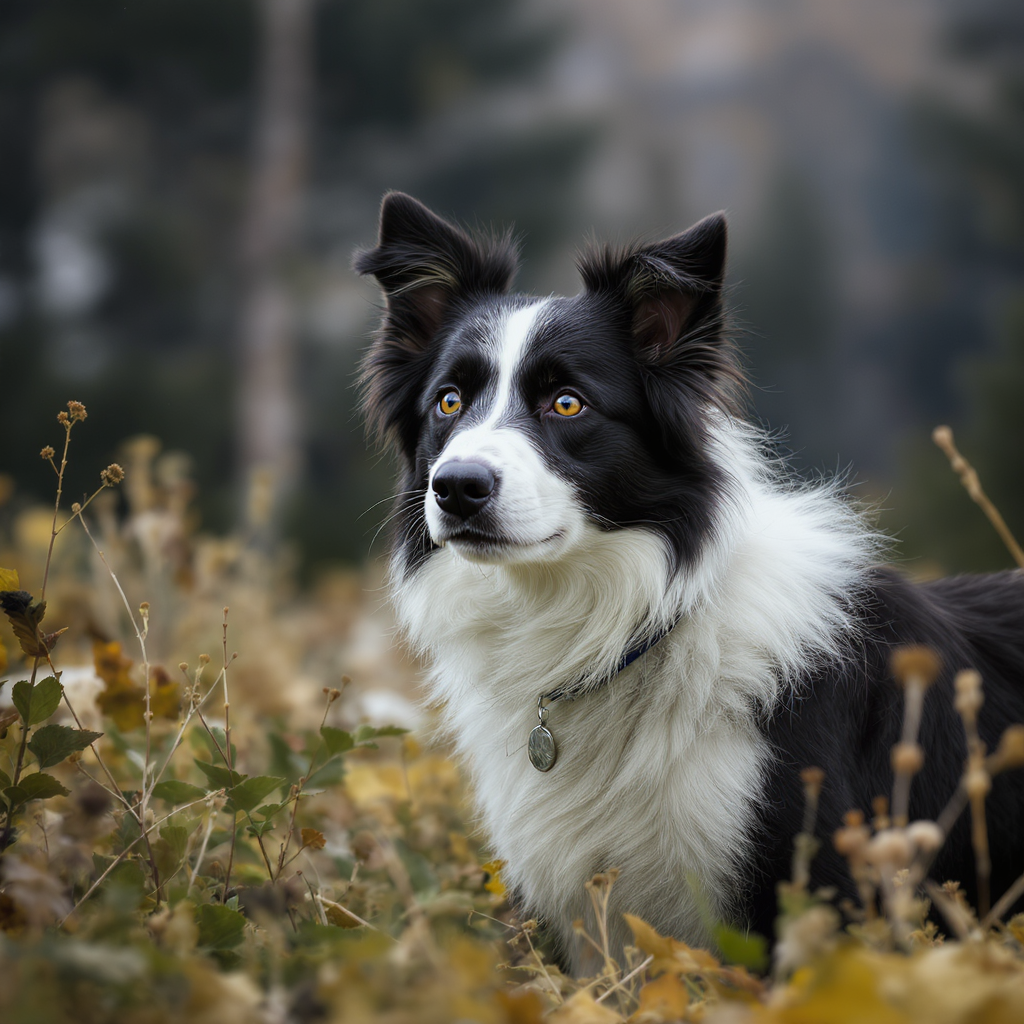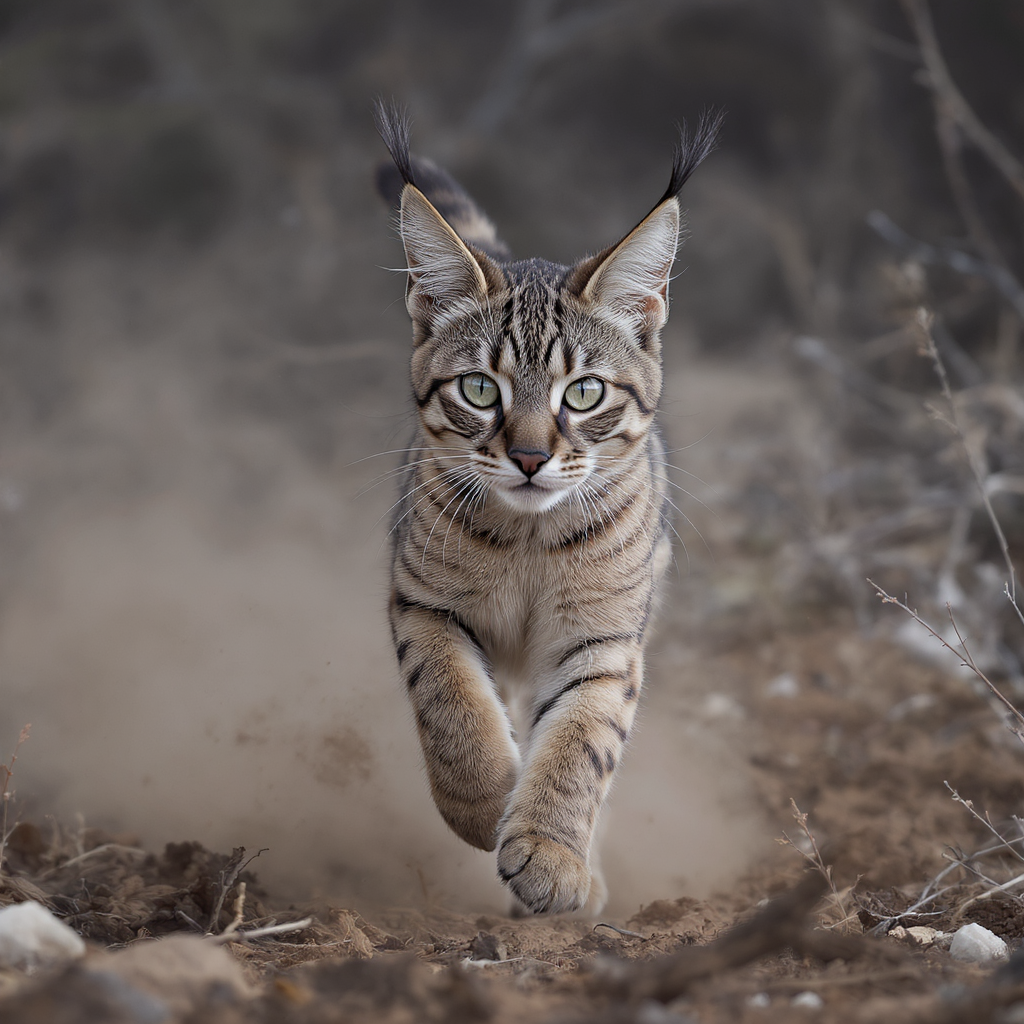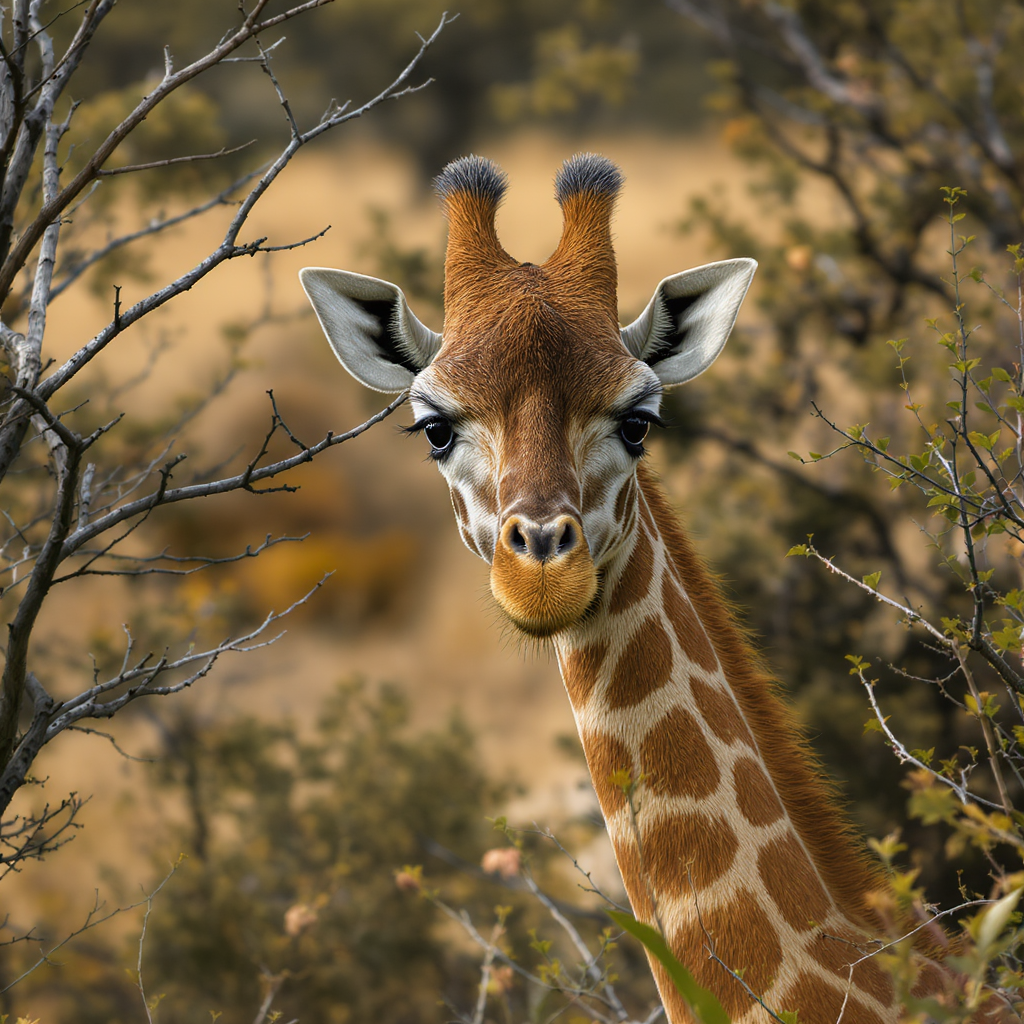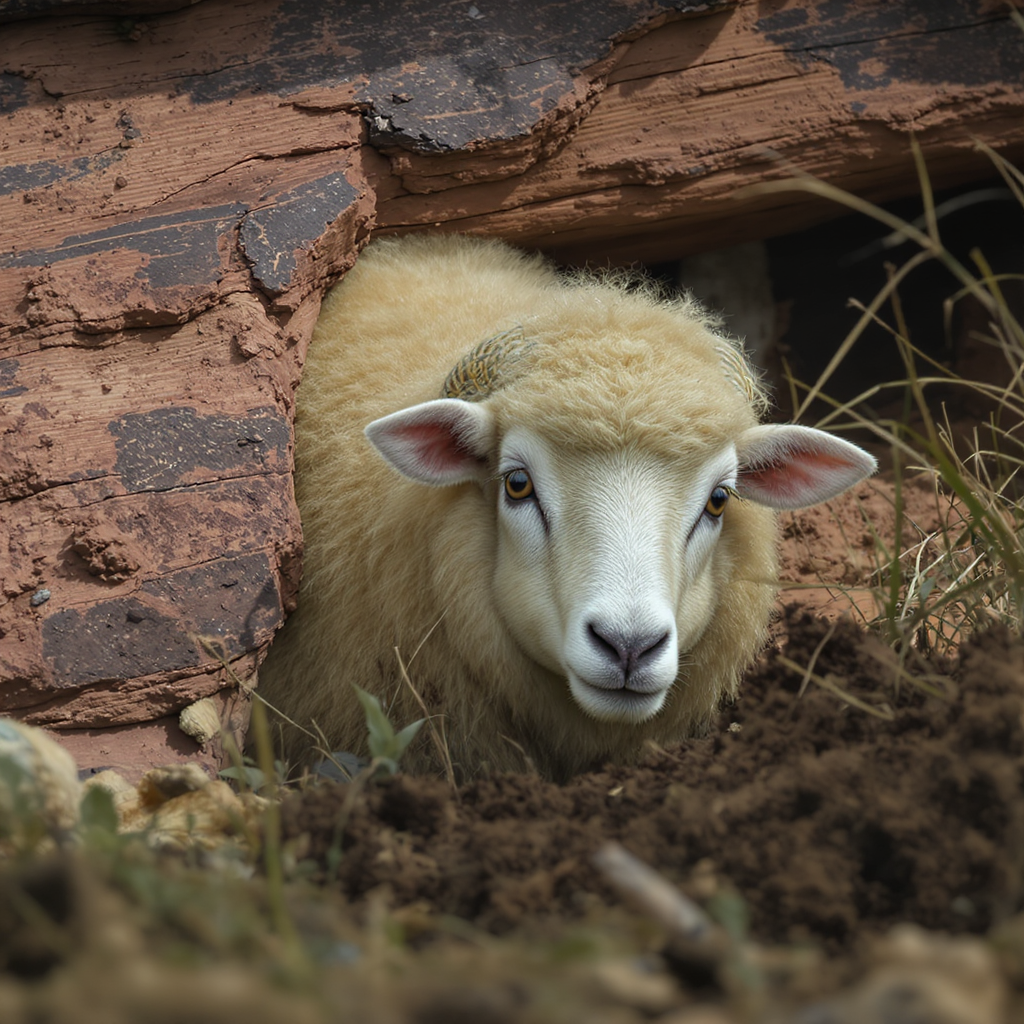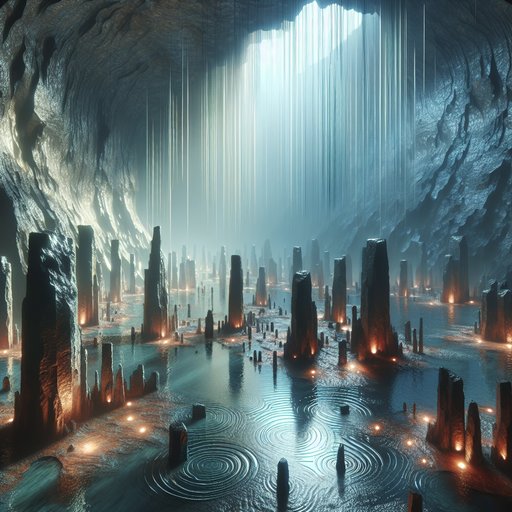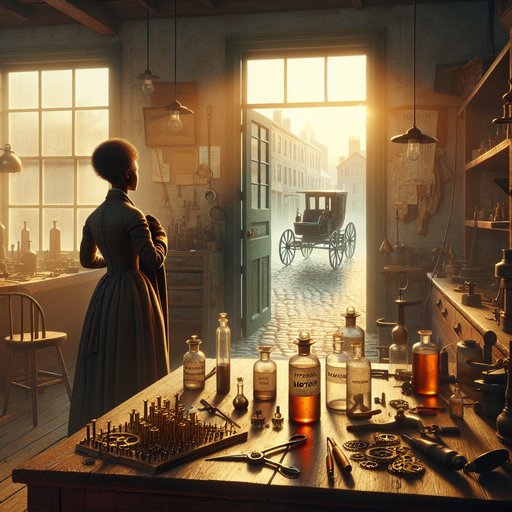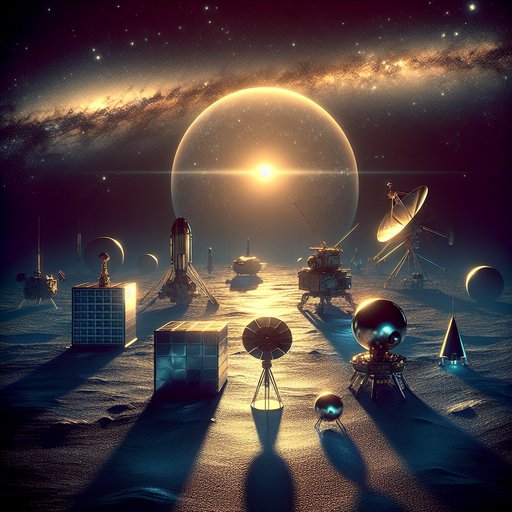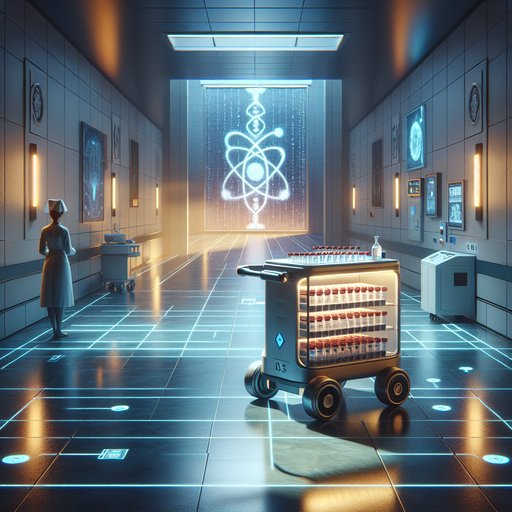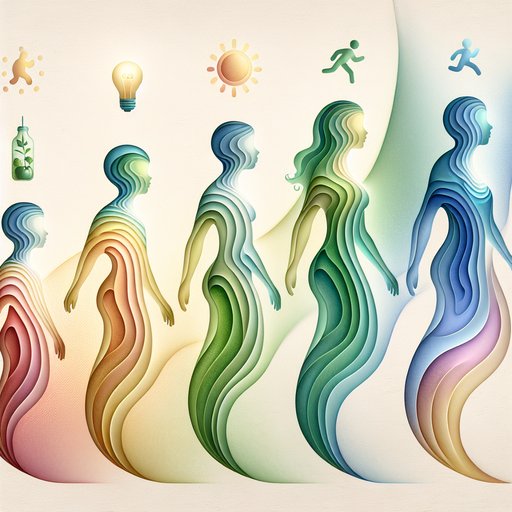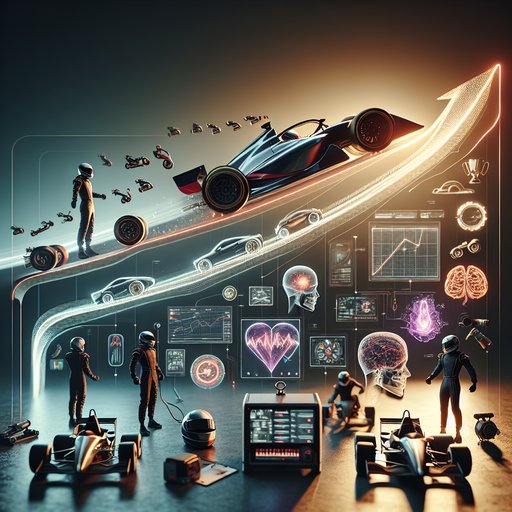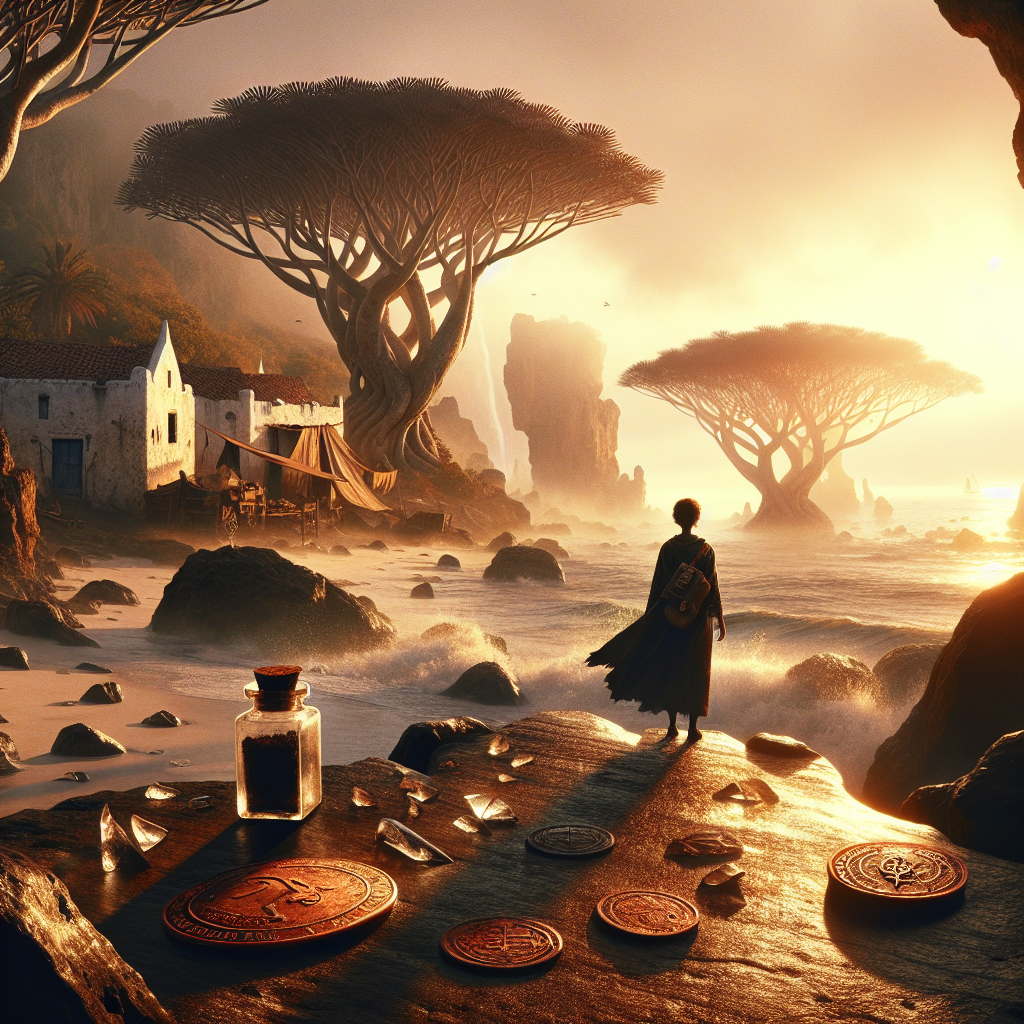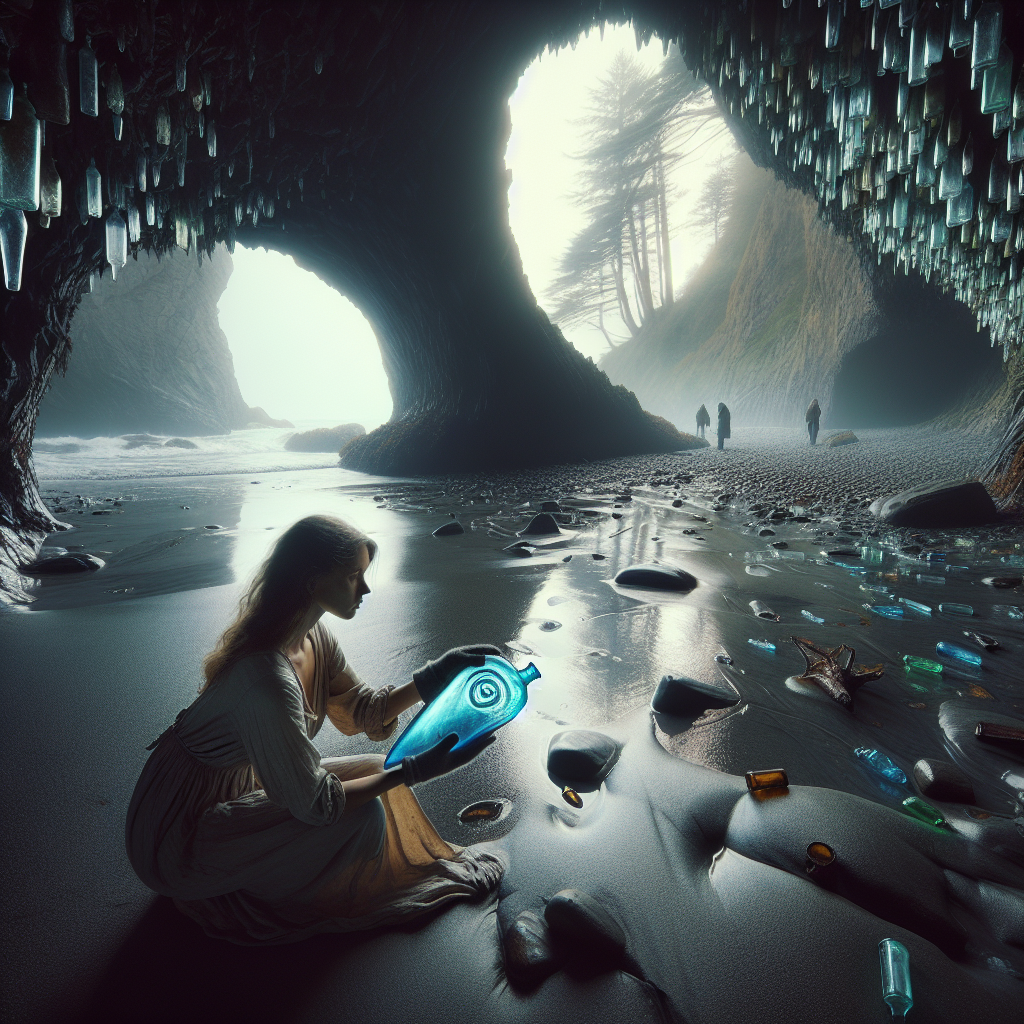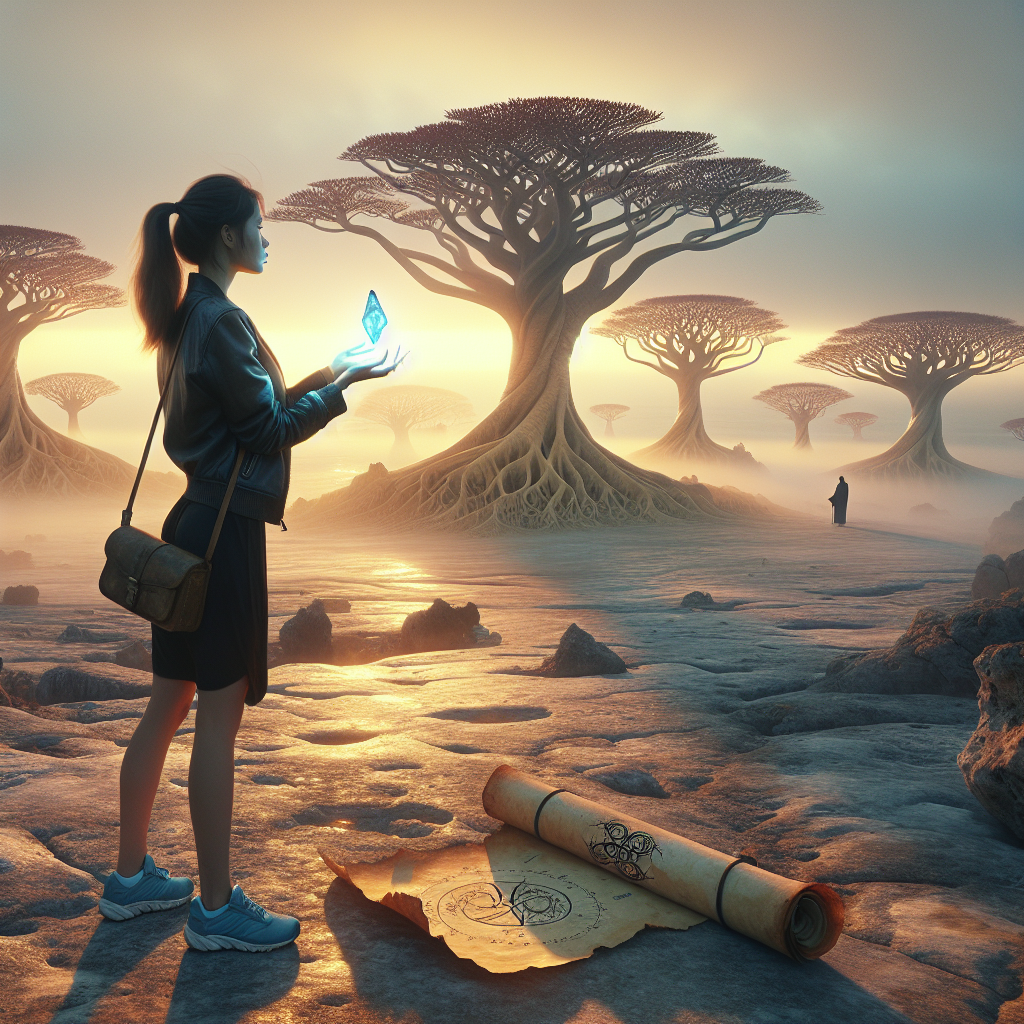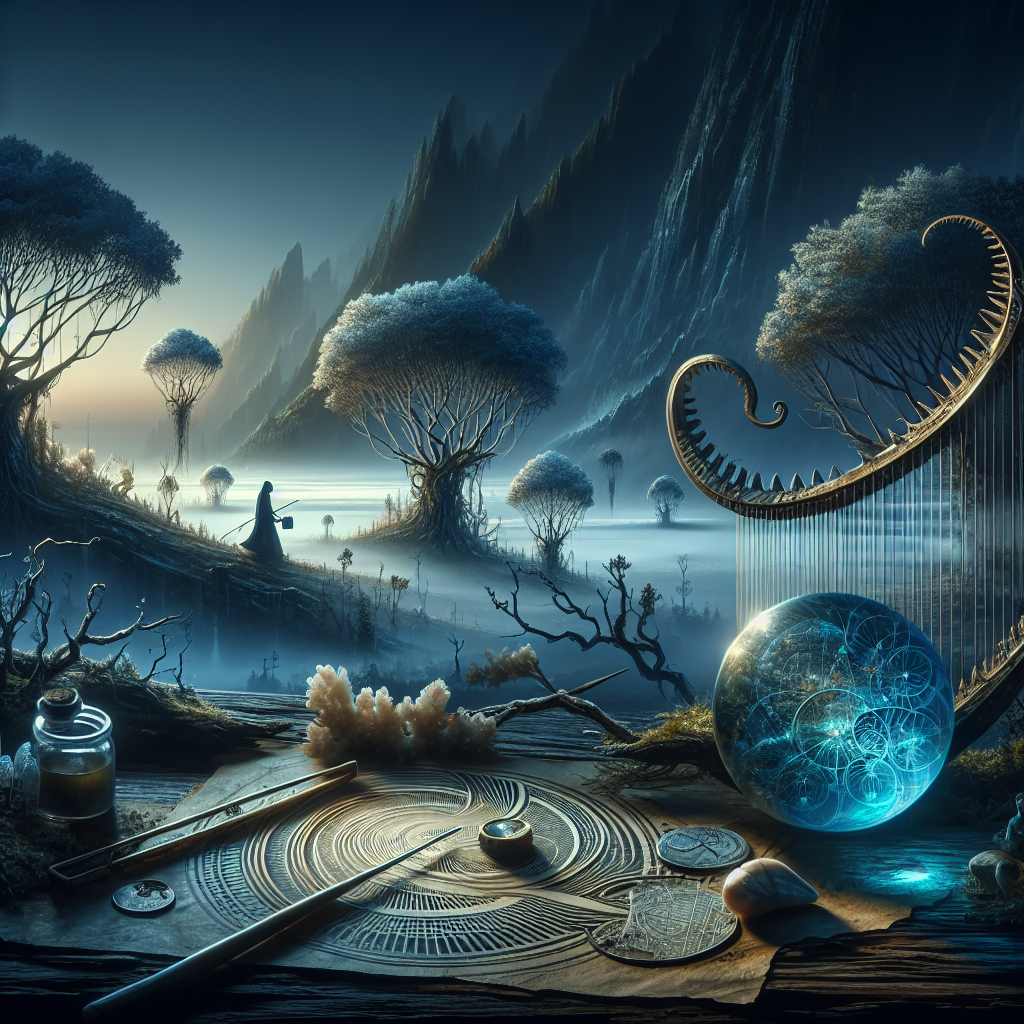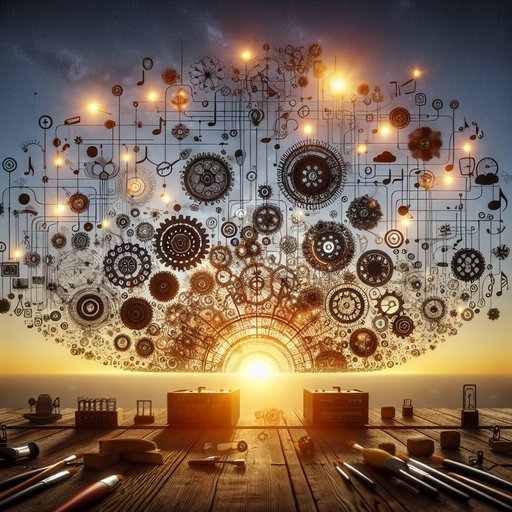 An unseen revolution lurks within the invisible folds of computational algorithms, reshaping what we perceive as creativity and innovation. Generative models—a frontier in the field of artificial intelligence—are becoming the silent partners within the crucible of creation, liberating us from cognitive confines.
An unseen revolution lurks within the invisible folds of computational algorithms, reshaping what we perceive as creativity and innovation. Generative models—a frontier in the field of artificial intelligence—are becoming the silent partners within the crucible of creation, liberating us from cognitive confines.
Recent memory paints a vivid portrait of artificial intelligence's emergence on the global stage, transforming from esoteric research discipline to a mainstream necessity. AI systems began outperforming humans in chess, Go, and poker, displaying an uncanny knack for strategic thought. As we pivot toward future potentials, generative models present themselves as the next intriguing chapter. Unlike systems that can only decide based on binary inferences, these AI models generate entirely new, unforeseen outputs from histograms of prior data—creating new music, art, and innovative solutions to complex challenges.
Consider the trajectory of AI's evolution. From Alan Turing's seminal work in the mid-20th Century—foreshadowing a day when machines could potentially 'think'—to Marvin Minsky convincing the US Department of Defense to invest in AI research at MIT, the forefathers laid robust groundwork. With the advent of machine learning algorithms in the 1980s, AI radically shifted. Machines started to 'learn' from patterns, transforming from rule-following entities to adaptable systems.
However, the real breakthrough emerged when AI systems began creating, stimulating a watershed moment in AI research and development. With generative models like OpenAI's GPT-3 and DeepArt's artistic AI, creativity has now been mechanized, eliminating the traditional boundaries between human and machine innovativeness. GPT-3 can independently generate human-like prose, and DeepArt creates stunning Visual Art, both never-before-seen and impossible to explicitly program. In the business realm, generative AI models' potential applications appear endless, reaching beyond mere creation and into strategic and inventive territories.
These 'creative machines' could revolutionize industries, from designing buildings in architecture to developing new drugs in pharmaceuticals. Yet, this brave new world of generative AI presents critical ethical questions. Who owns AI-generated work? How do we manage the potential biases inherent in the data sets that AI learns from?
What happens when a generative model creates something potentially harmful, or even deadly? Teetering on this precipice of possibility, we are urged to see machinery as partners in creation rather than mere tools for execution. The narrative of generative AI is far from over, it's indeed only just beginning. Thus, it becomes profoundly crucial to navigate this upheaval with wisdom and informed decisions.


